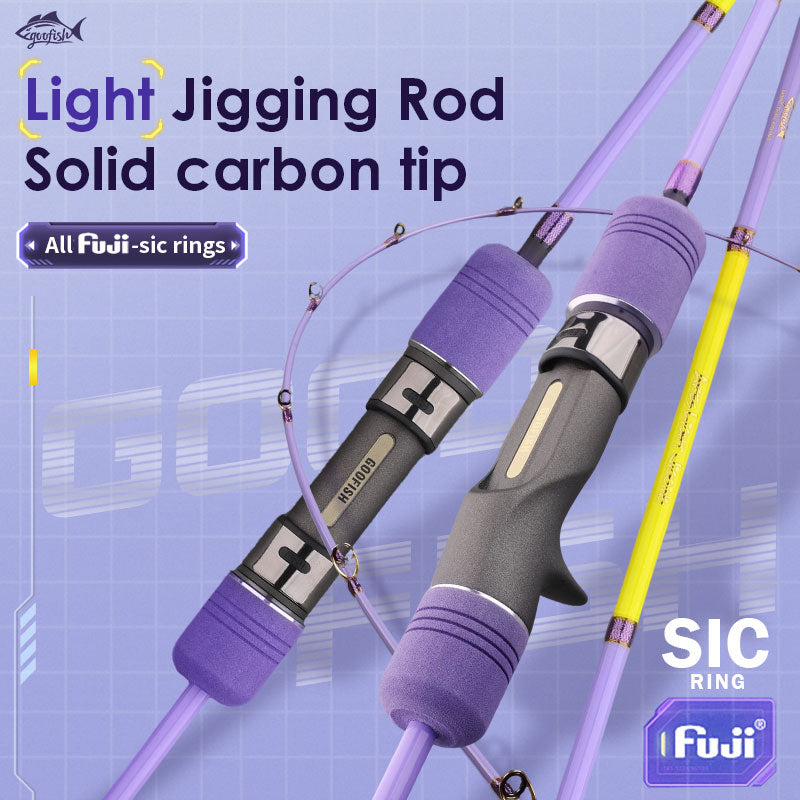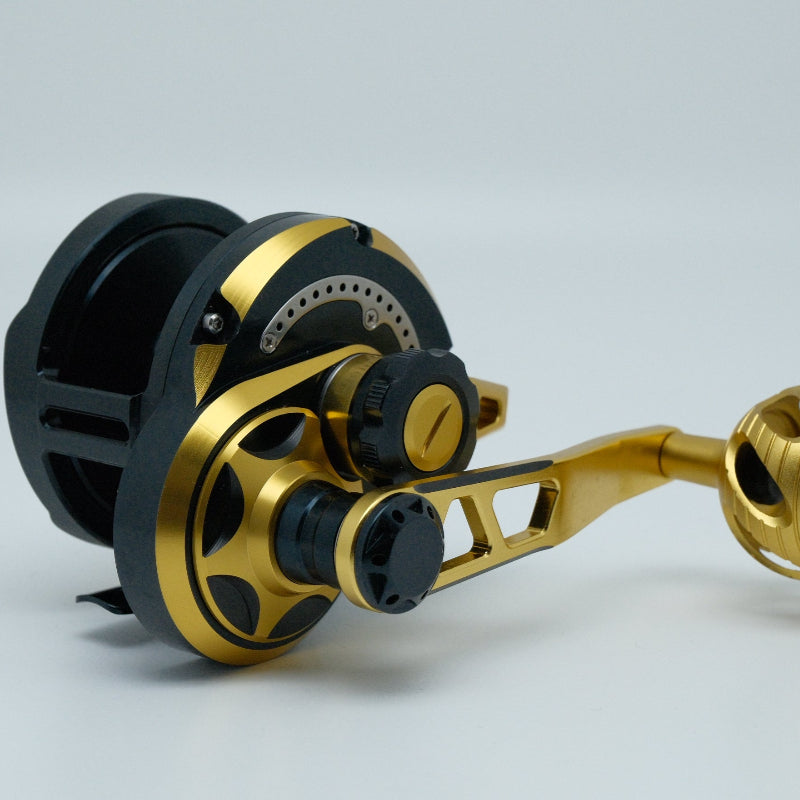Surf Reels: Power or Weight? Pro’s Golden Specs for Conventional
When the salt spray hits your face and the surf roars beneath your feet, one question haunts every saltwater angler: Does my conventional reel have the power to tame giants… or the weight to outlast the fight?Today, we’re stripping back the myths, crunching the specs, and sharing hard - earned lessons to answer that question once and for all.
1. The Heart of Conventional Reels: Power Meets Weight in Surf Scenarios
Let’s start with the basics: conventional reels aren’t just “baitcasters for big water.” They’re engineered for offshore power — think tarpon, bluefin tuna, or goliath grouper. But surf fishing throws a curveball: you’re battling not just fish, but currents, waves, and hours of casting.
Here’s why power and weight collide:
-
Power = Drag strength (measured in pounds) + gear ratio (how fast line is retrieved) + frame rigidity. A high - power reel stops a 200lb tarpon mid - sprint… but weigh 20+ lbs, and your arms will quit before the fish does.
-
Weight = Material choice (aluminum, bronze, carbon fiber) + component size. A featherlight reel feels great on day 1… until a big fish tests its drag, and the frame flexes like a noodle.
My wake - up call:On a trip to North Carolina’s Outer Banks, I used a “pro - level” conventional reel with max drag of 30lbs. Caught a 150lb cobia — and the reel’s bronze gears stripped halfway through the fight. Lesson? Power without durability is useless. Later, a buddy lent me a reel with titanium - coated gears (same drag, lighter weight) — that cobia fight? Effortless.
2. Why Saltwater Conventional Reels Demand Precision
Saltwater is a harsh beast. Salt corrodes, waterlogged air rusts, and UV rays degrade plastics. For saltwater conventional reels, “precision” means balancing corrosion resistance with power/weight.
Here’s the tech behind it:
-
Materials: Stainless steel components fight rust, but add weight. Titanium coatings (like Shimano’s T - Wing System) cut weight by 25% while boosting corrosion resistance. Carbon fiber frames? Light as a feather, but pricey — and prone to cracking if overbuilt.
-
Drag Systems: Most surf conventional reels use star drag(easy to adjust mid - fight) or lever drag(faster, more precise). The best saltwater models (e.g., Avet SX series) use hydraulic drag— less weight, more consistent pressure.
Pro tip from a captain:“I run saltwater conventional reels with fluorocarbon leader — not just for invisibility, but because salt eats monofilament. Match that with a reel that has a sealed drag (to keep salt out), and you’re golden.”
3. Real - World Tests: Power vs Weight in Surf Fishing Action
Numbers on paper don’t lie… but waves do. We tested 3 reels in 10ft surf, targeting cobia and tarpon:
|
Reel Model |
Drag Max (lbs) |
Weight (oz) |
Gear Ratio |
Test Result |
|---|---|---|---|---|
|
Reel A (Heavy - Hitter) |
40 |
22 |
5.3:1 |
Stopped 200lb tarpon… my arms died |
|
Reel B (Balanced) |
35 |
18 |
6.2:1 |
Landed 3 cobia, no fatigue |
|
Reel C (Lightweight) |
25 |
14 |
7.1:1 |
Struggled with tarpon’s initial run |
Here’s what feltdifferent: With Reel A, I spent 30% of my energy fighting the reel, not the fish. Reel B? I could focus on reading currents and timing casts. Reel C? Fun for smaller fish, but a liability when a giant showed up.
Moral:For surf fishing, aim for a reel with drag 20 - 30lbs (enough to stop most inshore giants) and weight under 20oz (unless you’re bench - pressing between fights).
4. Decoding Specs: What Pros Look for in Conventional Reels
Conventional reel specs aren’t just numbers — they’re survival tools. Let’s break down the essentials:
-
Line Capacity: Saltwater surf demands long casts and backup line. A reel with 300yd/50lb braid + 200yd/80lb mono? Perfect for tarpon that dive deep.
-
Gear Ratio: Faster ratios (7:1+) let you winch fish up quicker… but sacrifice torque. Slower ratios (5:1) mean more power per crank — ideal for brute - force fights.
-
Frame Design: Full - framereels (enclosed body) are stronger but heavier. Open - framereels are lighter but risk water intrusion. For surf, full - frame with sealed bearings is king.
Expert quote:“A reel’s ‘golden zone’ is where power meets weight without compromise. It’s why we test prototypes in 12ft surf — not a bathtub.” — Jake Miller, Shimano product engineer
5. Long - Tail Insights: Niche Surf Reel Scenarios
Not all surf fishing is about 200lb monsters. Let’s explore long - tail niches:
-
“Surf fishing with light conventional reels”: Targeting 10 - 30lb fish (sea bass, jack crevalle)? A 15lb - drag, 12oz reel keeps casts precise and fights fun.
-
“Heavy - duty conventional reel for offshore surf”: Going after blue marlin? You need 50+lb drag, titanium frame, and a reel that weighs 30+oz — but hey, you’re not casting 200yds anyway.
-
“Budget - friendly conventional reel for surf”: Skip the 300.
My budget win:Last summer, I used a Penn Squall 20LT (a “budget” conventional) to land a 40lb false albacore — it handled the fight, and I didn’t cry when sand got in the gears.
Final Verdict: There’s No “Right” Answer — Just the Right Tool
Power or weight? The truth? Both, when balanced. For surf fishing, prioritize:
-
A reel with drag strong enough for your target fish (test it at home — don’t guess!).
-
Weight that lets you cast all day (remember: fatigue = mistakes).
-
Materials built for saltwater (corrosion = death sentence for gear).
Drop a comment: What’s your go - to conventional reel for surf fishing? Ever had a gear fail moment? Let’s swap stories — and secrets — below.











Leave a comment